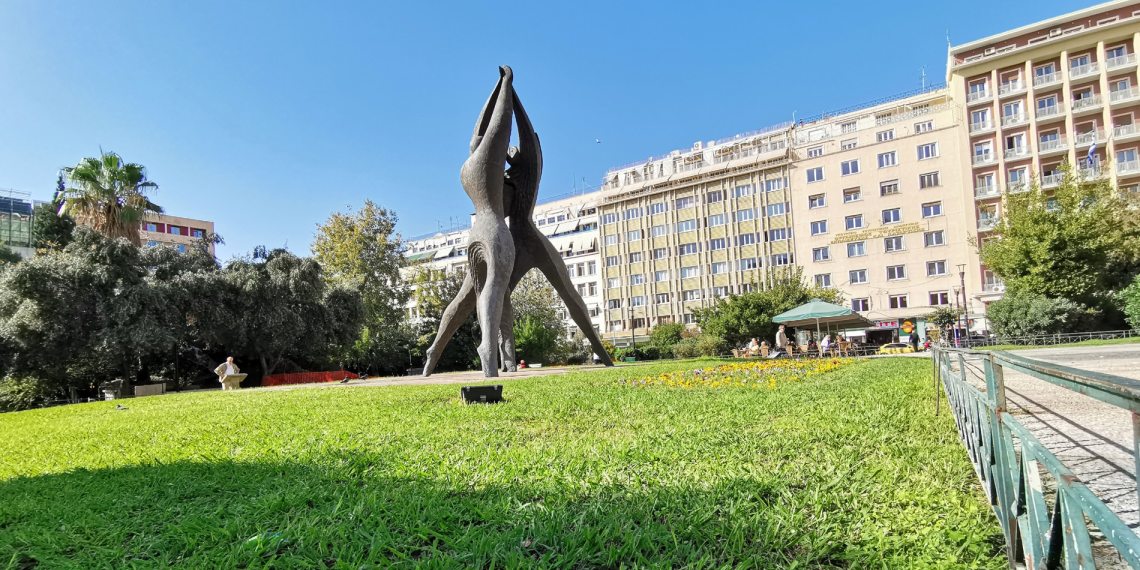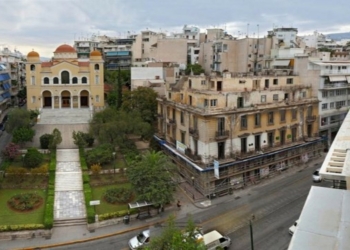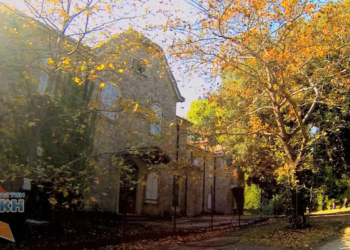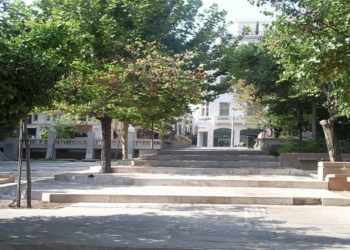A characteristic of Athens as well as many other European cities is its large public squares that have many years of history. Public Squares that have witnessed various historical events and have become places of tears and revolutions. They have hosted mass gatherings and their names have been linked to great persons of its history. Athens has town-squares that are the center of the city-life that evolves around them until today.
Clafthmonos Square
Syntagma
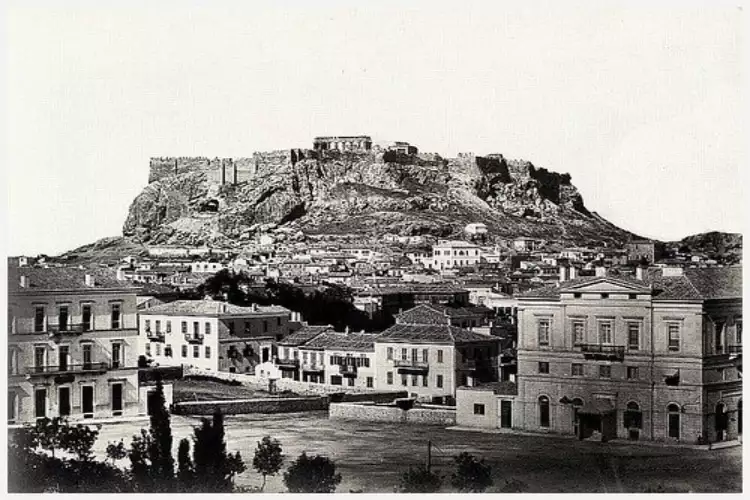
Syntagma Square, 1865. Photographer: Dimitrios Konstantinou
It is the main square of Athens. There have been rallies and protests. Millions of tourists and citizens of the country have walked on it. Syntagma Square was named in honor of the country’s first charter of the country, the Constitution of 1844. The constitution passed by the National Assembly of 1844, after the revolution of 3 of September 1843, gave the Greeks the right to vote for the first time. Today it is surrounded by important buildings of the capital of Greece, such as the parliament building, the historic hotel “Great Britain” and Central Public Bodies.
Omonia Square

Omonia Square 1903
The square in Athens that has undergone perhaps the most aesthetic changes. Omonia Square. But how did she get her name? The place where the square lies today, is the place where an oath was given for “omonia” (amity) by the leaders of the opposing political party leaders. of the time, who had caused bloody riots in the country. It was the mountaineers and the lowlands who took vows of reconciliation in the city and, in fact, the event was celebrated quite a lot.
Amerikis Square

Or, as it was once called, Agamon Square (bachelor square)Today’s Amerikis Square in Athens lies between Patision avenue, Mithymnis street, Lefkosias street and Sparta street and was formerly known as Agamon Square because it hosted a famous café hangout of mature Athenians that were not in accordance with the bonds of marriage, which was at the end of the racetrack that existed there. Earlier on, it was called Anthesion Square, since the area was a non-urban with many flowerbeds. But how did it get to be called Amerikis Square? It was renamed in 1927. During the mayorship of Spyros Patsis, the then Municipal Council of the Municipality of Athens gave the square the name “Amerikis” because they wanted in this way to honor the philhellenism of the United States of America at that time. At the time, America was also considered a very distant and unapproachable continent.
Kanigos Square
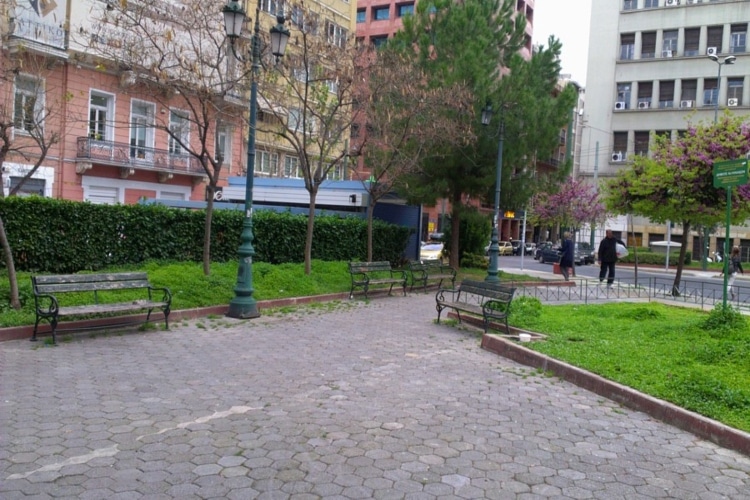
Photo Source: Dimoralos
The square was named in honour of the British liberal politician, George Canning. His marble statue, work of the British sculptor Chantrey, adorns the homonym square. Canning, who had distinguished himself as a foreign minister, was one of the pioneers of the Protocol of the Great Powers “On The Independence of Greece”, signed in London in 1827. Both his action and the protocol itself were considered to be of grave importance, since, for the first time, the great powers were not in favour of the Ottoman Empire. Canning himself did not complete his work because he passed away three months after signing.
Ten things you definitely don’t know about Athens


